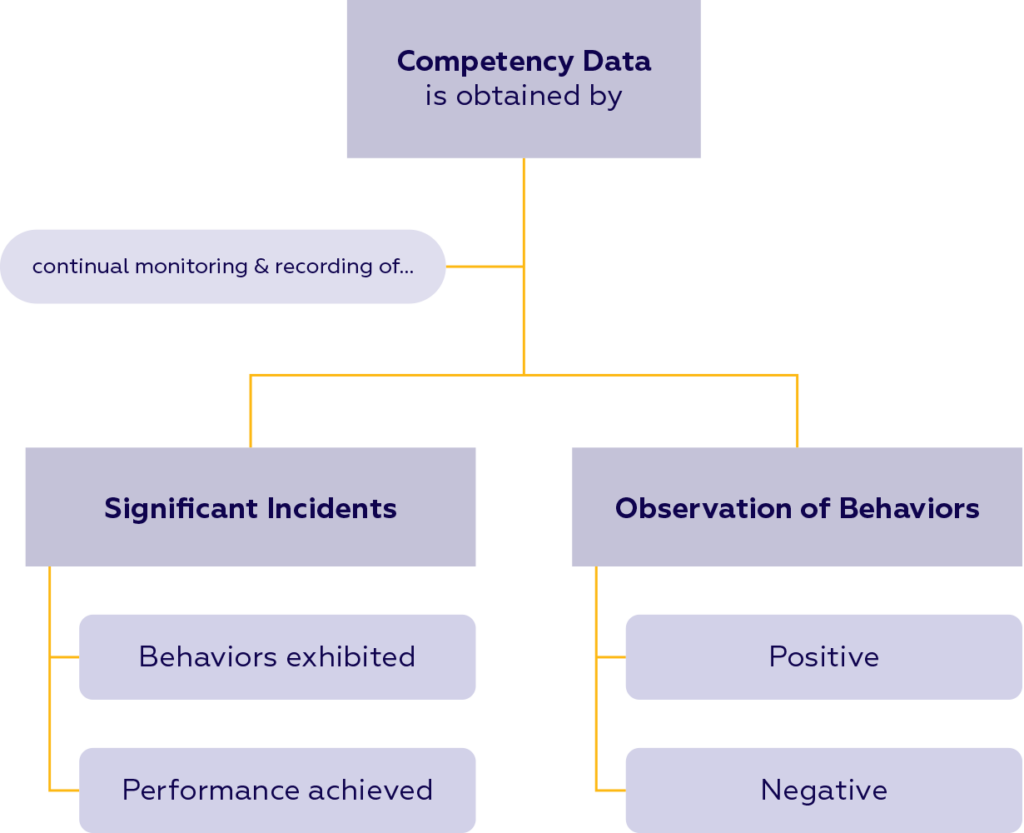One of the core driving factors of any organisation is the competency level of its employees. Each individual manager has a team of individuals that combine their knowledge and skills to produce the work required to achieve their assigned goals and targets.
It is important to point out that competencies are distinct from goals. Goals are concerned with “what” has been accomplished; competencies are concerned with “how” it was accomplished. If the focus is only on the monitoring of the “what” element, the other half of “good” performance, the “how” will be missed.
Deciding what competencies each individual needs to develop is relatively easy and often forms part of the annual appraisal process. But being able to keep track of how each person’s development is progressing is entirely different and other seems impossible to achieve with everything else that needs to get done.
Firstly, it needs to be understood how competencies are measured only then can processes be set in place to capture the relevant information. The most effective way to do this is in terms of the behaviours that define a specific competency . Behaviours are made up of three aspects; a person’s Knowledge, Skills, and Attitudes, their K.S.A.’s. These aspects break down the measurement of behaviours into practical chunks that can be monitored, observed and recorded.
Secondly, it must be ensured that a manager’s skills of observations are objective and well documented. It is through their observations that the actual knowledge, skill and attitude an individual has towards their job will be witnessed.
The manner in which an individual interacts with other team members and third parties will provide the evidence to assess developmental progress. The recording of such observations is essential and is best done at the time of the event to ensure details are accurate and objective. This also provides an opportunity to obtain other parties for their feedback on the individual’s behaviour.
Thirdly, one must be conscious of significant incidents that a person is part of, or the cause of. These instances are ‘significant’ because the deviation from what type of behaviour or performance can be expected of someone in that role was substantial. The outcome of such instances can be positive or negative.
If a Significant Incident template is used the comparison between role expectations and the individual’s own performance can be recorded. This will indicate the importance and significance of the deviation from the ‘role norm’. The template will also allow the level of impact the event had on team performance to be recorded.
This method of recording observations and incidents provides a manager with evidence- based instances which can be used to illustrate an individual’s development progress . This enables him/her to provide each employee with constructive feedback. This method can also be used to benchmark the required behaviours so that the manager can mentor and encourage a person to alter their behaviour if they want to develop professionally.
By incorporating such practical ways into regular management activities it will be easy to measure competency development against role requirements of each employee. It will also identify those employees who may be lagging behind and who require coaching to improve their competency , so that they are performing at a level closer to that of their job role.
JTN personnel can assist an organisation to set up/amend their own competency framework so that they are able to facilitate their employee’s professional development

